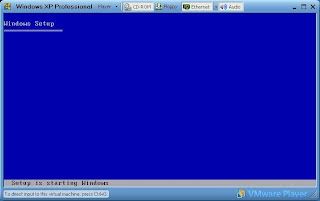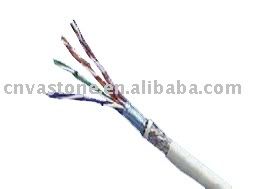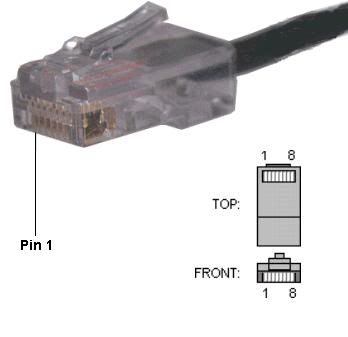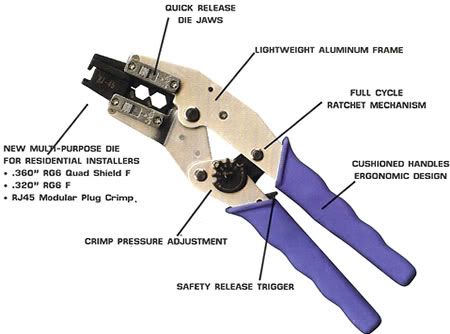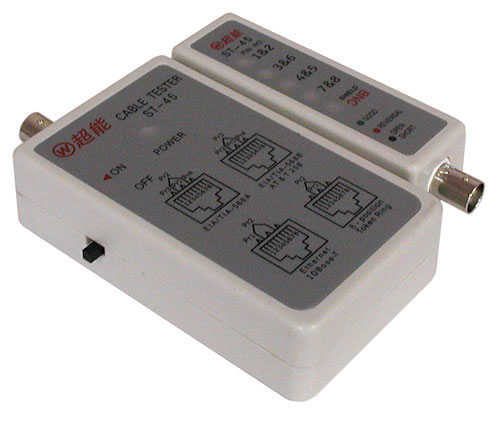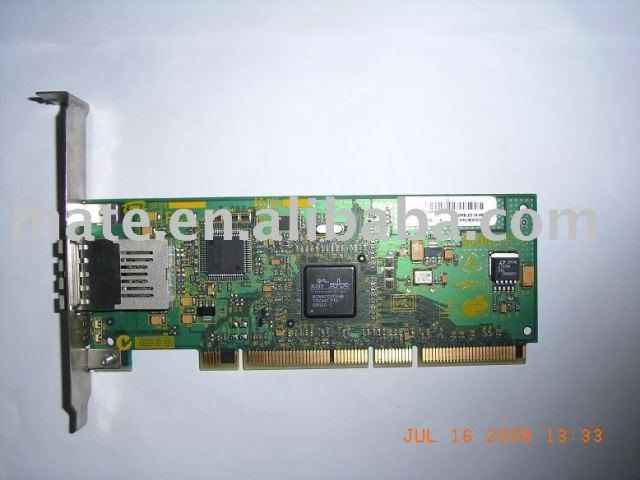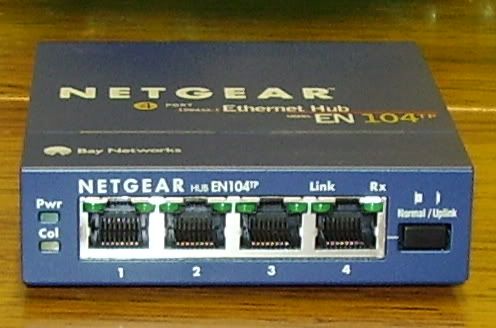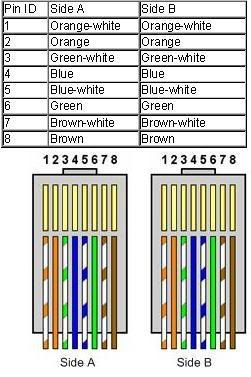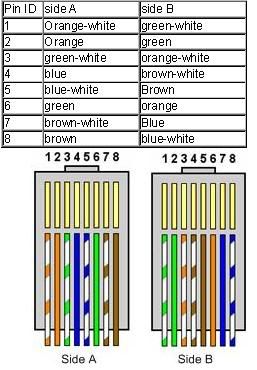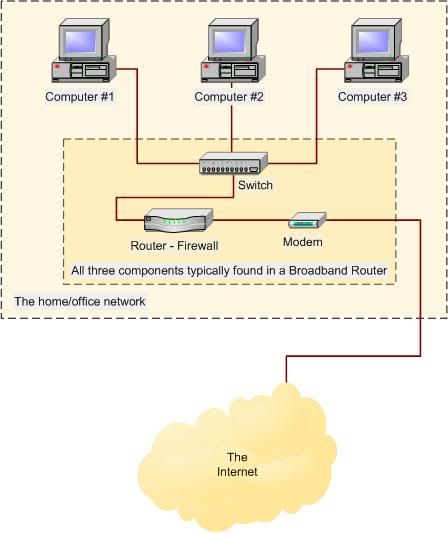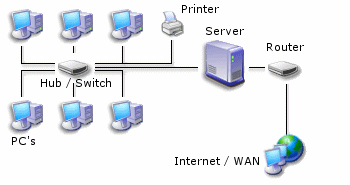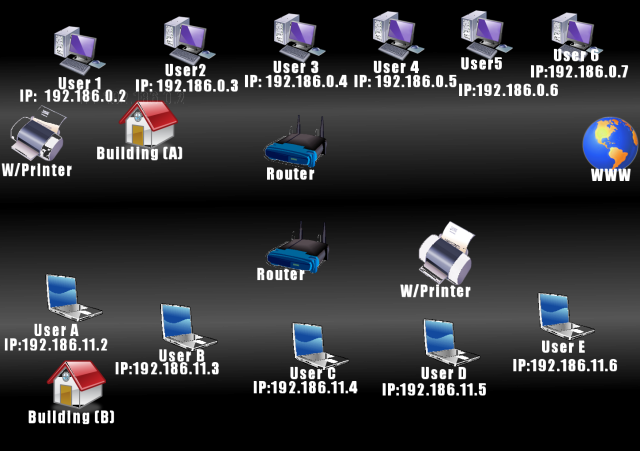Standalone Installer

Ok na Ok lalo na sa mga bagong Reprogram/Reformat na PC or Laptop's
All Latest Version as of March 14 2012
Skype 5.8 Latest Version

Download Link: http://www.mediafire.com/?da30l6oplp3sjzi
Yahoo Messenger 11.5.0.192
[IMG]
 [/IMG]
[/IMG]Download Link: http://www.mediafire.com/?adzp0382926p68v
Latest Google Chrome 19 version 2012

Download Link: http://www.mediafire.com/?3av839p826lj85j
Safari 5.1.4 2012

Download Link: http://www.mediafire.com/?ec2evz3gi43beal
Mozilla Firefox 11.0 2012

Download Link: http://www.mediafire.com/?feqnli3m4xu0k92
RocketDock V1.3.5 Desktop Shortcut Bar
| This image has been resized. Click this bar to view the full image. The original image is sized 806x607. |

Download Link: http://filehippo.com/download_rocket...9935357e0f8f5/
Facebook Messenger 2.0
This is great if you hate the new FB chat . . . Working on VPN's
With Facebook Messenger you can chat with your friends from Facebook without using a browser.
You can see and respond to chats right from your desktop. Whether you're browsing other websites or using another app, you don't have to click away to stay connected.
Thanks to a notifier you will find out about new comments, photo tags and more as soon as they happen.

Download Link: http://www.mediafire.com/?8gmwoee156nncin
VLC Media Player 2.0.0

My favorite Video Player that Can play all kinds of Video Codec . . .
Donload Link: http://www.mediafire.com/?39zvkxcpq160ocp
Adobe Reader 10.1.2

Donwload Link: http://www.filehippo.com/download_ad...f072966f834e3/
By Request: Your Uninstaller! Pro v7.4.2012.01 + Serials
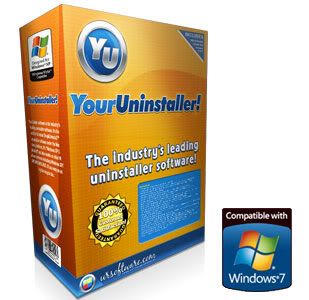
Download Link:http://zbigz.com/file/f79ebdf7436936...e50237071d4/-1
Driver Genius Professional 11 0 0 1112 Final (Update 04 03 2012) + Crack + Key
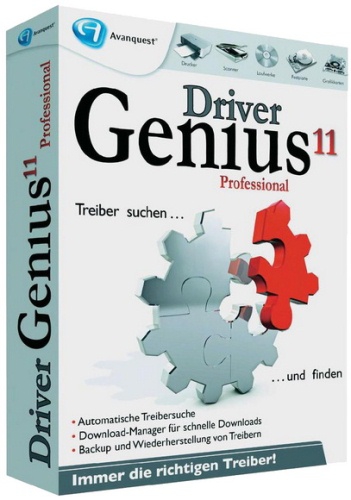
Download Link: http://zbigz.com/file/cd173fb643d1b7...33fb88ff771/-1
Microsoft Office 2010 Professional [CRACKED]
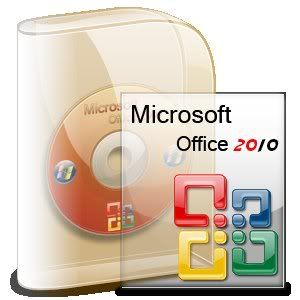
Click here to Download
Instructions:
1) Install Microsoft® Office Professional 2010 as a trial using one of the given keys, and do not run.
Trial Keys =
YCDJ6-QCY43-CP4JF-7V3GJ-67PRR
368D8-3XC4F-4VB4Q-96CRD-PBYFW
2) Unzip the EZ-Activator "OTK2010V201.zip" to a directory, say "OTK2010V201".
3) Run the file "Office 2010 Toolkit.exe" to get what looks like this image
4) Now, click on EZ-Activator, and wait a while until it finishes the process of activation.
5) Enjoy!
By Request: Direct X 9.29.1974 Offline Installer for 32 & 64 bit . . .
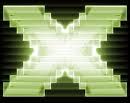
Click here to Download
By Request: Adobe Photoshop CS3 Portable 50mb

Click here to Download
Portable Adobe Photoshop CS5 Extended v12.0.1With Plugins [470mb]

Click here to Download
Adobe Photoshop CS6 v13.0 Pre-release Portable

This is a portable application
no need to crack or serial
just run the setup file for use.
Enjoy.
Click here to Download
By Request: ADOBE Flash Player 11.2.202.221 RC [LATEST]
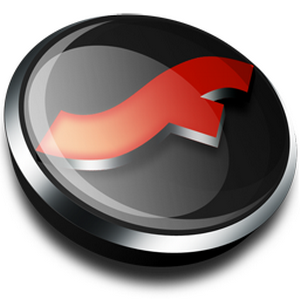
Click here to Download
7-Zip 9.22 Beta (32-bit)
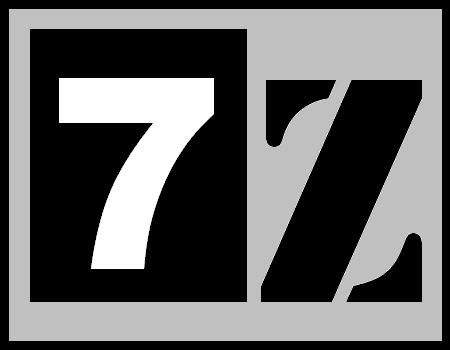
Click here to Download
By Request: Sony Vegas PRO 10.0c+Keygen(x86x64)(Registered)
[IMG]
 [/IMG]
[/IMG]Instruction Inside Easy to Install
Click here to Download
CREDITS TO:
Expert OF SYMBIANIZE




